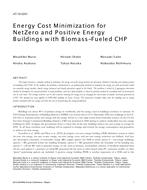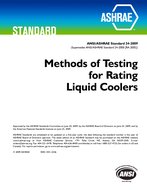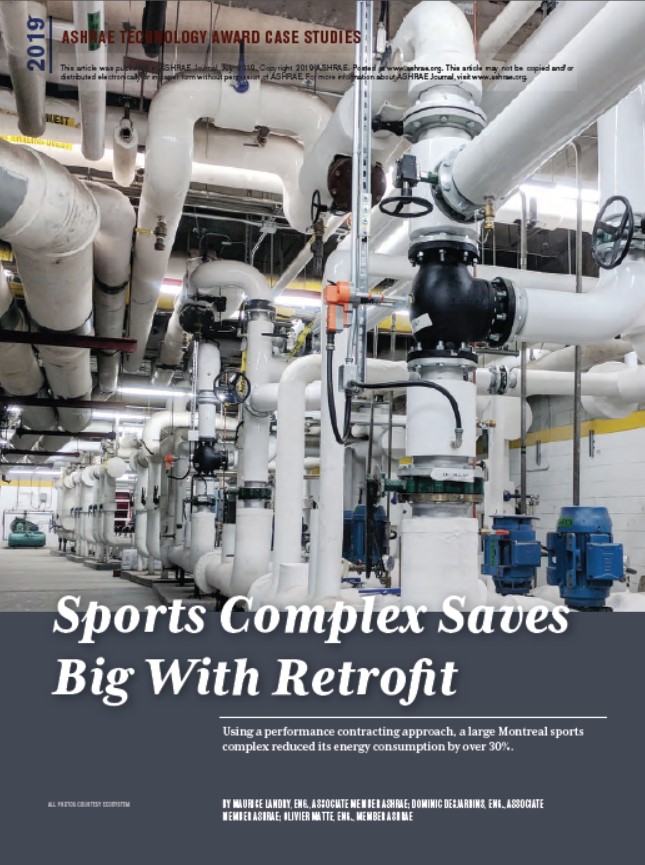Click here to purchase
This paper presents an absorption refrigeration cycle which is driven by capillary pumping. Conventional absorption refrigeration cycles require solution pumps to transfer the solution from a low-pressure absorber to a high-pressure generator. In contrast, the cycle proposed in the present study involves a low-pressure generator and a low-pressure absorber. The lowpressure generator consists of a heat transfer tube with rectangular grooves, which provide a path for the refrigerant vapor, and a cylindrical capillary wick inserted into the heat transfer tube. The inside part of the wick and the cooling tubes constitute the absorber. The working solution in the absorber penetrates the wick, after which the refrigerant evaporates due to the heat load transmitted to the heat transfer tube. This evaporation creates a pressure difference between the evaporated refrigerant vapor and the solution at the liquid-vapor interface, and the high-pressure refrigerant vapor condenses into liquid phase as it cools inside the condenser. In this situation, the high-pressure liquid refrigerant expands via the expansion valve and evaporates into the evaporator, which results in a decrease in temperature. The low-pressure refrigerant vapor which evaporates into the evaporator is absorbed into the solution inside the absorber. In this cycle, only the refrigerant vapor generated in the generator and the liquid refrigerant in the condenser are kept at high pressure. Therefore, there is no need to use a solution pump to transport the solution.
For the purposes of this study, experimental equipment was manufactured in order to verify the effectiveness of the proposed cycle. The experimental equipment consisted of a condenser, an evaporator, a low pressure generator and an absorber, where the generator and the absorber were separated by a porous wick. Furthermore, in order to simplify the experiment, the refrigeration test was performed by using a single-component refrigerant as the working fluid. The resulting decrease in pressure due to capillary pumping was between 3.3 and 4.7 kPa, and a decrease in temperature of 8.0 to 13.2 K was achieved.
Citation: ASHRAE Conference Papers, Las Vegas, NV
Product Details
- Published:
- 2011
- Number of Pages:
- 9
- File Size:
- 1 file , 370 KB
- Product Code(s):
- D-LV-11-C044


